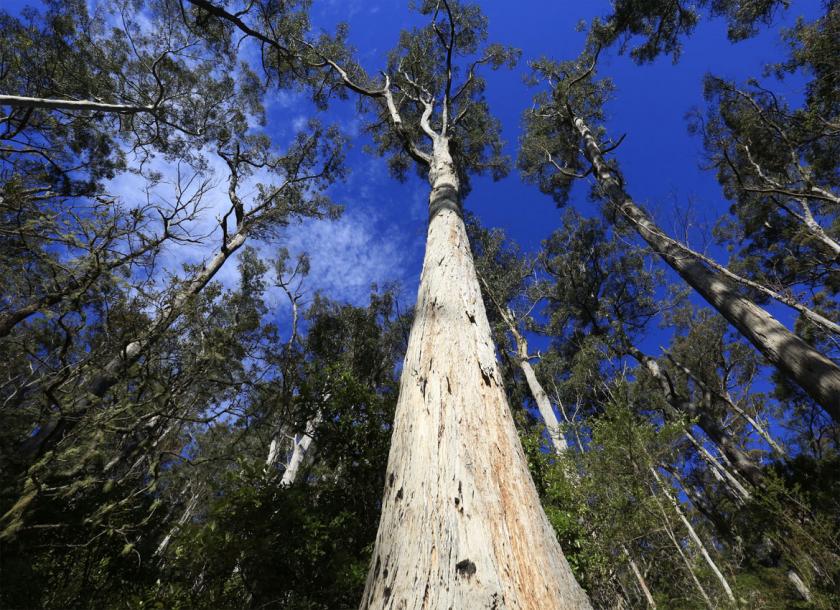Japanese and Chinese government have signed the agreements to buy gum sterculia from Myanmar
26 Mar 2019
The Japanese and Chinese governments have signed agreements to buy gum sterculia from Myanmar.
The agreements were signed in Myaing township, Magway Region, on March 9.
Gum sterculia, also known as gum karaya or Indian gum tragacanth, is a vegetable gum produced by trees of the genus Sterculia. The gum is used as a thickener and emulsifier in foods, as a laxative, and as a denture adhesive. Locally, the gum is known as say kalarma.
Primary buyers of the gum are China, Japan, Taiwan.
“Last year, three or four Chinese came to the area to buy the gum in cash. As the deal was unofficial, the prices and quantities were not significant. It is hoped that the government-to-government trade agreement will be more lucrative,” said Myaing Hluttaw MP U Thet Naing.
The trees that produce the gum are a perennial species and farmers don’t need much capital to enter the market. At present, the trees are not grown widely and the market is not strong. As such, proper cultivation methods will have to be introduced to boost production, U Thet Naing said.
“The possible income from 0.4 hectares (one acre) of sterculia trees is higher than for crops such as pulses and sesame. For example, growers could get K5 million for Gum sterculia, compared with K1 million for other crops,” he said.
As there had been no official exports of the gum, prices in Myanmar have been low. The agreement with Japan also includes the provision of packaging technologies for local growers.
The exports of the gum to China will be via Myanmar Trade Centres that will be opened in Hai Agreement has been signed on March 10 to directly export Myanmar’s sterculia gum by opening Myanmar Trade Centre in China’s Hainan and Beijing , said U Phoe La Pyae, owner of the Myanmar Shwe Phyu Plantation.
“Myanmar has much potential for producing gum sterculia, but it is hard to produce at high standards. China seems willing to accept as much as we can produce, but it is currently hard to meet the standards they demand,” said U Phoe La Pyae.
The gum is produced as either yellowish or brown threads or crystals, and prices vary according to the type and grade.
The trees that produce the gum grow naturally across Myanmar and are commercially grown in Mandalay, Sagaing, Magwe, Bago, and Tanintharyi regions.
Data on plantation acreage for sterculia gum trees are not yet officially compiled in Myanmar, and the quality of the gum produced has been difficult to standardise due to different cultivation and production methods, said U Phoe La Pyae.
To obtain good quality gum, trees from Myanmar should be planted between a metre and three metres apart so they can get enough water, and the trees should only be tapped for the gum at the right age, U Phoe La Pyae explained
"Immature plants had been sent to China previously due to demand and too much latex was also taken from the trees. Moreover, chemicals were used improve yields. This made China wary of the gum from Myanmar. It would be better in the long run if the trees are tapped systematically," said U Phoe La Pyae.
In Myanmar, the tress are planted using traditional methods and there is no exact science to it. Additionally, few value-added products can be produced using locally with the gum, according to the Myanmar Sterculia Gum Association.
“China used to offer good prices for the gum from Myanmar, but this lessened due to concerns about quality. Since the gum is used in the production of medicines and food, the use of chemicals to stimulate growth of the trees also worried buyers. All this led to a drop in demand for the gum from Myanmar,” said U Hein Htet, secretary of Myanmar Sterculia Gum Association.
A workshop on the development of gum production was held in Mandalay in last February as its price has been on the decline.
"When it comes to exports of the gum to international markets, there hasn’t been any research conducted. Besides, many things will still need to be done regarding the systematic development of the sector as well as relevant documents on its production and use," he said.
Although the market price of 1.6 kilogrammes of gum went up to around K60,000 in early 2017, the price fell to over K40,000 in late 2018.
(The Myanmar Times: https://www.mmtimes.com/news/good-growth-potential-gum-crop.html )











